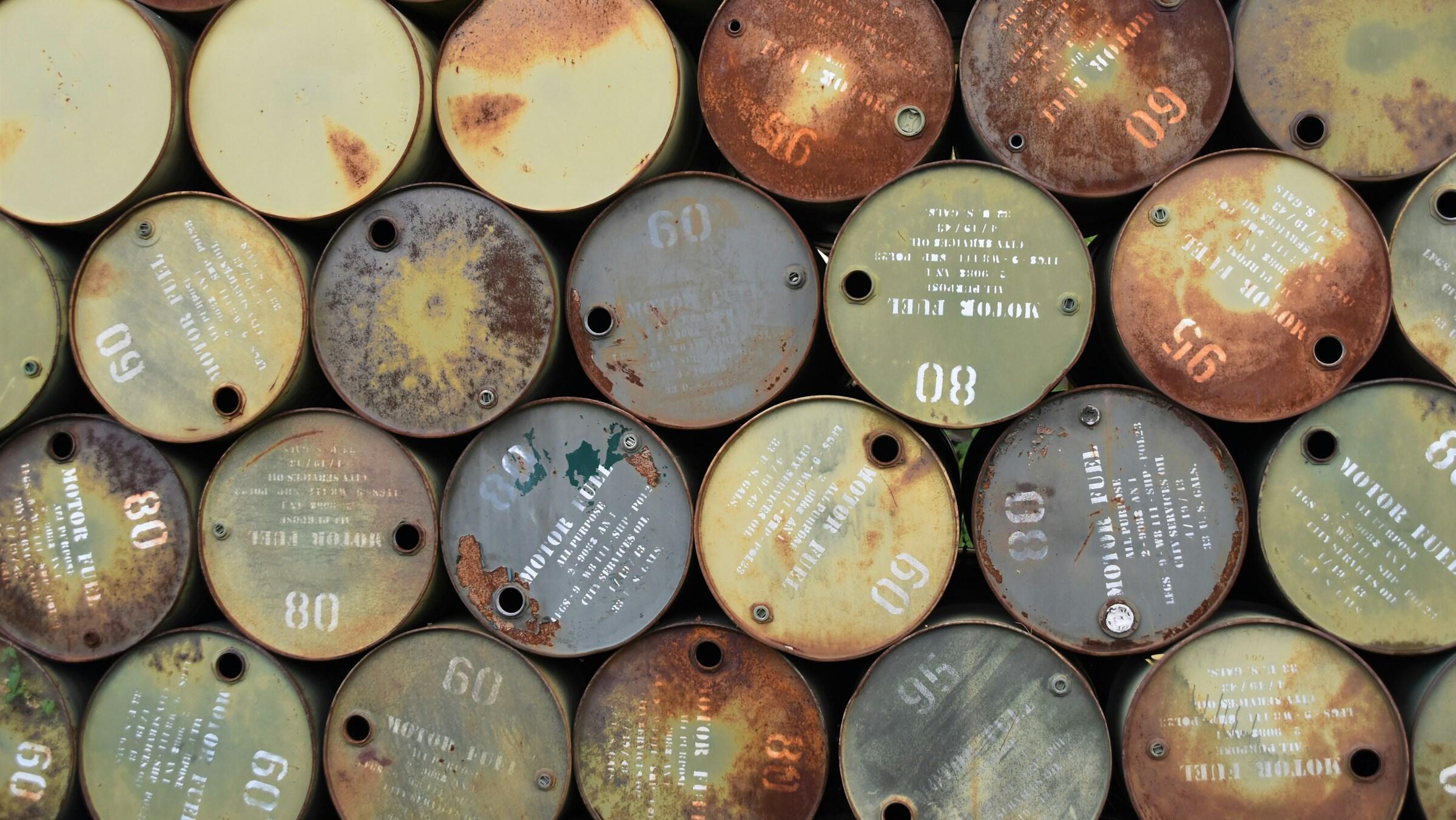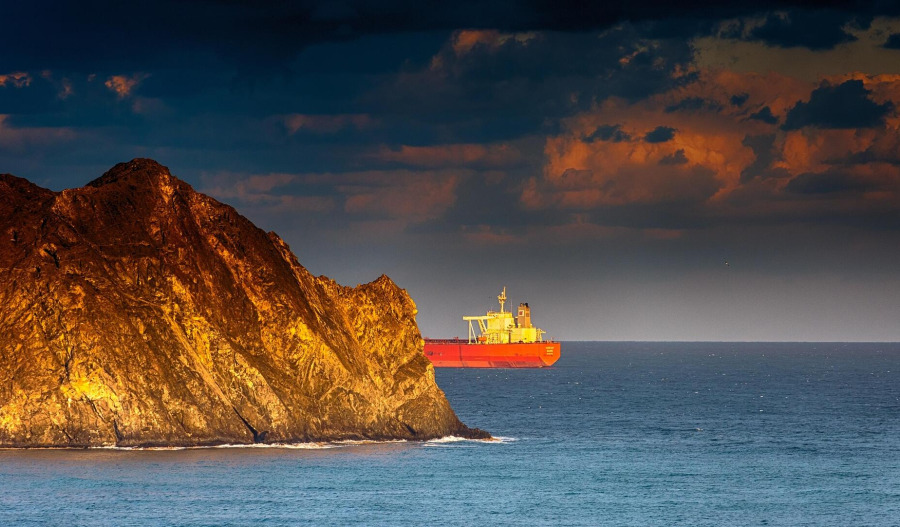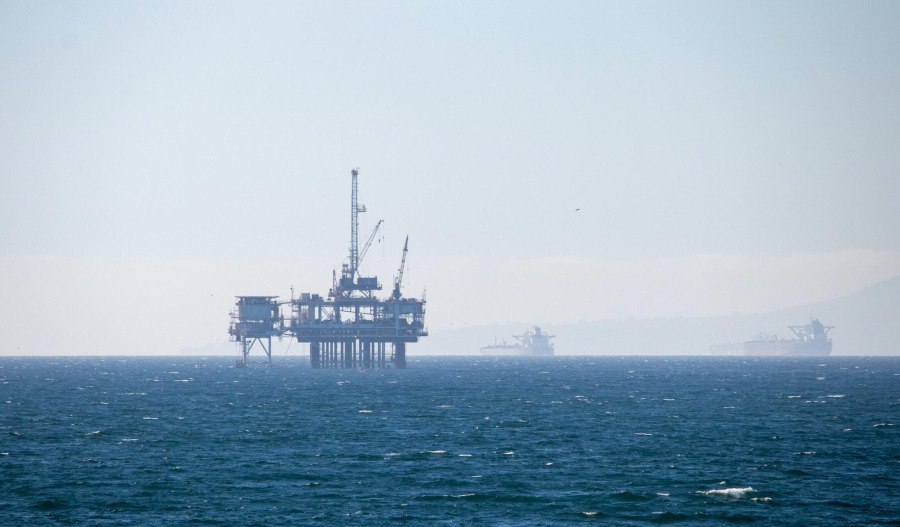Despite forecasts that supply will soon exceed demand, eight oil-producing countries that belong to the oil cartel known as the Organisation of Petroleum Exporting Countries (OPEC+), have decided to capitalise on a short-term window to continue boosting output.
Following a series of monthly increases that started in April, the Saudi Arabia-led OPEC+ told the market yesterday of its plans to boost oil production by 547,000 barrels a day beginning in September.
It’s understood that production increases, which reverse a program of 2.2 million barrels a day in output cuts - made in 2023 to prop up the markets - is an attempt by Saudi Arabia and other oil-producing countries to please the U.S. president.
Donald Trump, who wants lower gasoline prices for American drivers, recently wooed Saudi Arabia’s crown prince, Mohammed bin Salman, and other leaders in the region as commercial and strategic partners.
The U.S president has also refrained from criticising these Middle East countries over human rights issues.
The bulk of production increases are going to Saudi Arabia and other nearby producers like the United Arab Emirates, which is set to gain a 300,000-barrel-a-day increase.
Given that the announcement from OPEC+ was expected, analysts are not expecting any significant impact on prices from the latest round of increases.
However, given that other agreed-upon cuts amount to around 3.6 million barrels a day, the International Energy Agency (IEA) expects the output boosts to result in oil supplies substantially exceed demand later this year and in 2026.
This could potentially lead to an oil glut and lower prices.
Meanwhile, the Saudi-led group, which typically acts in its own best interests, clearly doesn’t think so.
The cartel told the market yesterday that they were acting “in view of a steady global economic outlook and current healthy market fundamentals”.
Based on their own reading of the market, oil analysts at investment bank RBC Capital Markets believe additional volumes are being absorbed and that demand is holding up better than market expectations, especially in Asia.
In the meantime, oil increases coincide with a refinery ramp-up to supply fuel for summer driving, while countries in the Persian Gulf are stepping up the burning of crude oil to generate electricity for more air conditioning during sweltering heat.
Profits from refining crude into products like gasoline also remain strong.
Based on IEA data published in July, price indicators point to a tighter physical oil market than suggested by the hefty surplus in forecasts of supply and demand.
While prices for Brent crude, the international benchmark, briefly dipped below $60 a barrel in May, they have recovered to a moderate $69.50 a barrel.
Also putting upward pressure on oil prices is the recent war between Israel and Iran and threats by the U.S. to tighten sanctions on Russia.

Join our community of decision-makers. No card required
Join now

